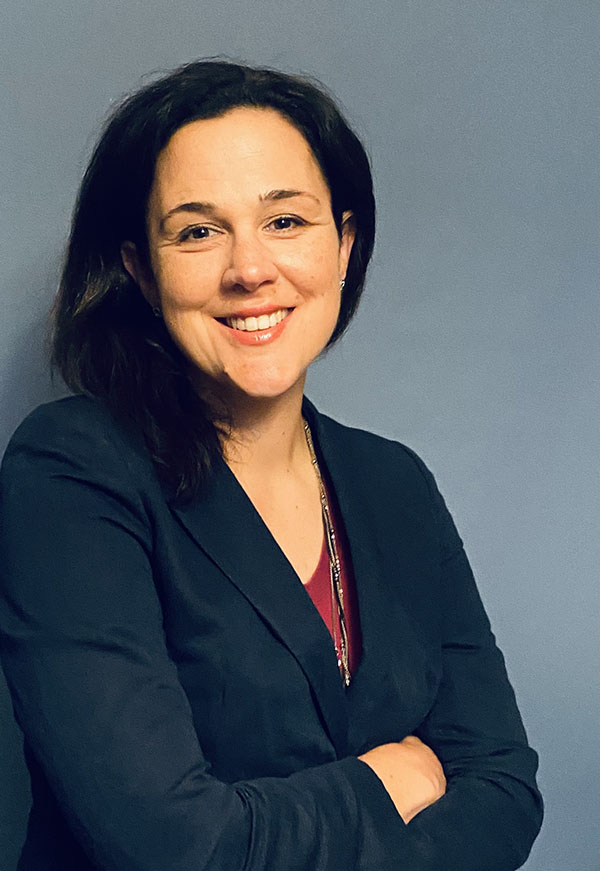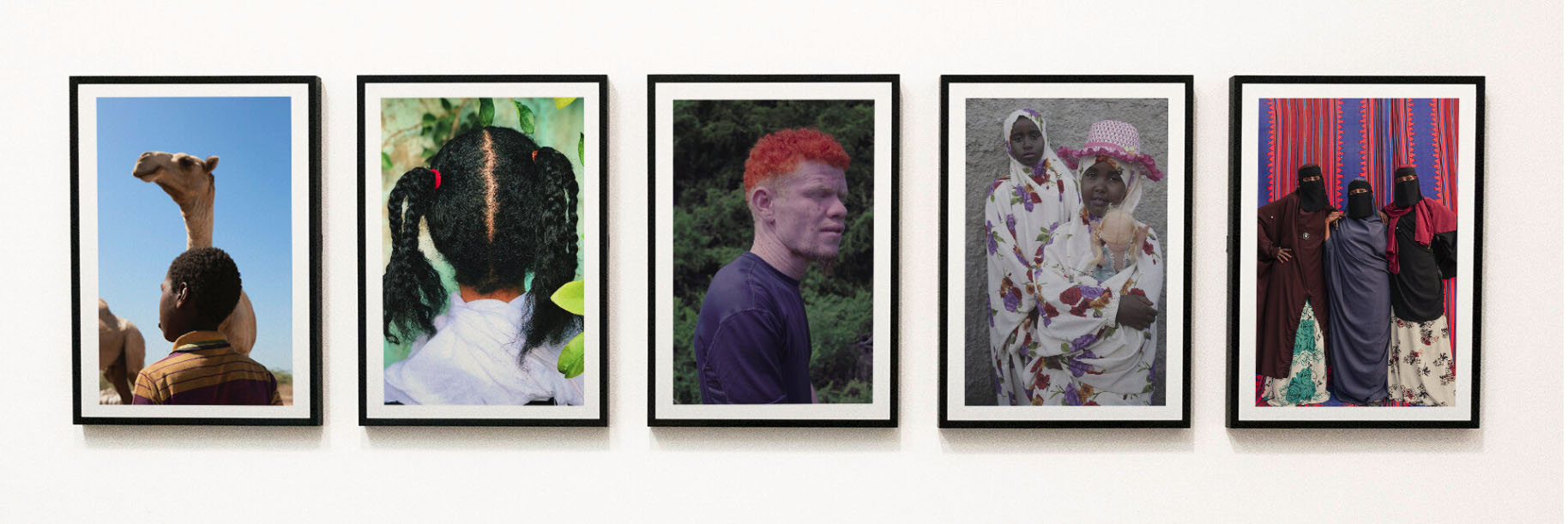
Art historian Sophie Kazan speaks to Sagal Ali about the importance of art-making for the future of Somalia and her founding of the Somali Arts Foundation.
Sophie Kazan Makhlouf
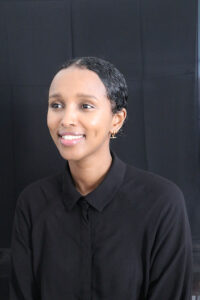
I first came across the name of Sagal Ali and her work to rebuild the cultural sector in Somalia, in the Spring 2021 issue of the alumni magazine of the School of Oriental and African Studies, University of London (SOAS). Ali left Somalia as a child, as a result of the civil war in Somalia, which seems to be a war without end. She says, “The civil war didn’t start in 2009, but rather 1991 — the 2009 conflict was the last iteration on the war. Essentially, Somalia has been in a protracted civil conflict for 30 years...I guess I have always sought to apprehend the war in my own way, through an art and cultural lens.”
After growing up in Denmark, Ali moved to London, where she gained a BA(Hons) in African Language and Culture from the School of Oriental and African Studies (SOAS) in 2010. She continued to contemplate the division and isolation in Somalia and the importance of finding a solution. Ali went on to research the link between war and heritage and she completed a Masters in Cultural Heritage Studies at University College London.
“Before the war,” Ali explains, “the National Museum or The Somali National Academy of Culture, also known as the Somali Academy of Arts, Sciences and Literature (SNAC) would hold exhibitions and was responsible for the preservation and exploration of national artifacts and other material of national importance. This was more of a research space though and focused very much on the past.” The war has caused practical and economic devastation for the Somali people, but it has also brought culture and art to a halt. Having studied the ways in which cultural heritage could bring about social and cultural change, Ali returned to Mogadishu in 2015, full of hope and determination to revive art and culture in Somalia. She began work as an Expert Consultant on an EU funded project, “Reviving Culture, Building Peace in Somalia,” which emphasized the development of Somali cultural identity as a means of building peace and safeguarding the country’s cultural heritage.
Once this ambitious project had ended, Ali worked directly for the Federal Government of Somalia, on the revival of country’s Department of Culture through the dual roles of Senior Technical Advisor for Art and Deputy Secretary General of the UNESCO Somali Commission. In these roles Ali worked to develop heritage policy and strategy directly with stakeholders in Somalia, as well as form international partnerships.
A large part of her work involved the protection of UNESCO World Heritage for the safeguarding of heritage sites such as the country’s National Museum and National Library and intangible heritage. (According to UNESCO, intangible heritage focuses on a nation’s traditions, living expressions, performing arts and practices that make up its cultural traditions.) I ask Ali why she decided to leave a government role in favor of setting up an art foundation. She replies that though strategic work is hugely rewarding and important, it was also extremely challenging. Having built a successful team around her, she felt the need to step away. She remembers, “A recurring theme [in my work at the time] was that young creatives in Somalia whom I met through my work for the government were surprised to see me working in cultural heritage and they asked questions about contemporary art practices and opportunities and whether I could support them directly.”
When I ask her why this had touched her so much, she fills me in about the country since the civil war: “The war had a very damaging impact on the country’s culture and with the education system getting privatized, there was a shift to focus on…bankable employment…There was little or no emphasis on the practice of culture or art.”
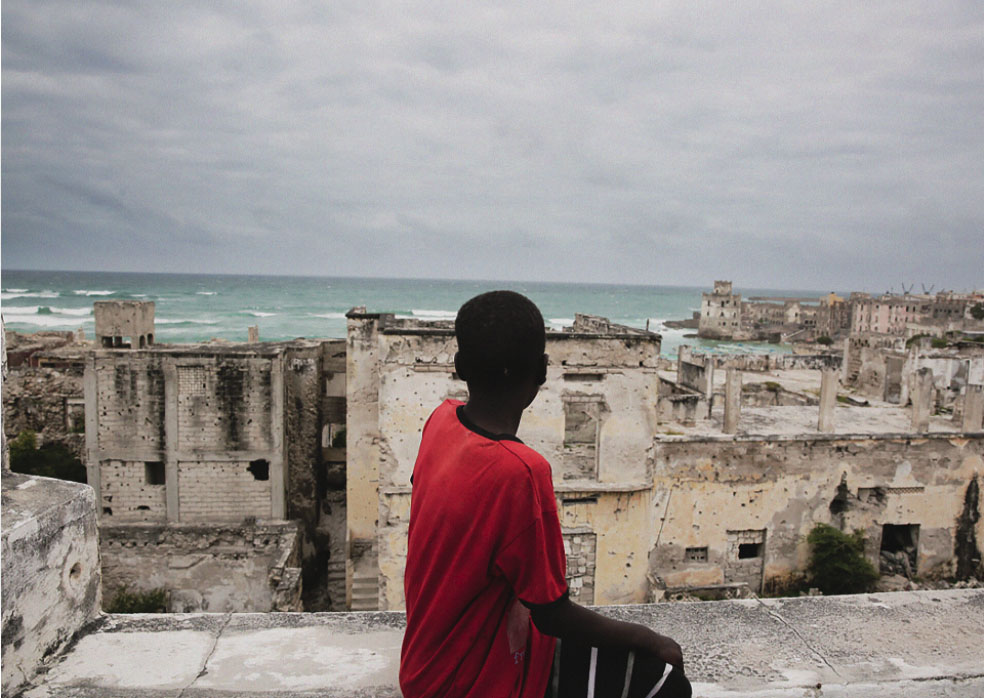
With no formal art education system in Somalia, people are not exposed to art at an early age. Artists are emerging with more talent than refined skill and people are generally uneducated about art and being part of an art audiences or discussing it. Ali saw that the appreciation and practice of art provided an environment for constructive and frank discussions about the country’s past and present challenges. She believed that starting these conversations and bringing civil society together, particularly people from marginalized Somalians, was vital to rebuilding communities that had been so damaged by the war. Ali was hopeful that any work that she could do to promote art and culture in the country could help ensure a better future for its young population.
“A lot of young creatives used to seek me out and request that I support them directly somehow. Their plight always touched me. The Somali Arts Foundation (SAF) was born out of all these reasons.” SAF was a natural next step for Ali, she says. “I had always thought that I’d one day set up a gallery, only I used to think that it would be in Europe and deal with contemporary African Art. However, my experience working in Somalia exposed me to the dire need for independent spaces for contemporary art.” SAF is the only art institution of its kind in Somalia and there are no galleries to represent contemporary artists. “There is definitely a need for more formalized and accessible spaces, such as SAF, to allow contemporary art to thrive,” says Ali.
As the world slowed in 2020 due to the Covid-19 pandemic, she reflected on the importance of art, and the meditation and creativity that art practices and appreciation could provide to people living in her home of Mogadishu and around the world.
“It was important for me that SAF had its own identity and set its own priorities. Thus, I decided to be self-funded to start with, with the intention that we only work with like-minded partners.”
In September 2020, she invested in a first exhibition, entitled Still Life, which brought together two female photographers and filmmakers, Hana Mire and Fardosa Hussein. Both artists work to shatter stereotypes about practicing female artists and promote greater understanding of life in Somalia. The Still Life exhibition has been documented online, in the art and pan-African media. The exhibition has also provided a platform through which to launch the mission and aims of SAF and for Ali to voice her beliefs about the importance of rebuilding a cultural sector in Somalia. Still Life highlighted the creative potential of young people and female artists, both of which have, according to Ali, traditionally been left out of public discourse and leadership. “SAF is committed to advocating for and supporting the welfare of these demographics, especially those from marginalized communities.”
The lack of formal art education has meant, however, there many Somali artists have left the country — relatively few have remained and local inhabitants are not commonly exposed to artistic creativity and practices. There is nonetheless a strong appreciation for art and this is borne out through the initial success of Ali’s SAF events which have focused largely on youth, women and marginalized communities, with art workshops and events to celebrate Girl Fest 2020 in October 2020. For Human Rights Day, in December 2020, discussions were organised by SAF, with a keynote speech on human rights violations on film, and a film screening. The event took place with the support of the Dutch embassy in Mogadishu and film distributors Movies Matter. As well as building important international connections and providing the means through which Somali artists and the creative industries in Somalia can gain international attention, it is for Somalia itself that Ali has set up SAF. “We do not believe that sustainable peace is attainable in Somalia, without the arts. Peace is not possible without a critical interrogating of our recent traumatic past, our tumultuous present and without the resources, to imagine better futures.”
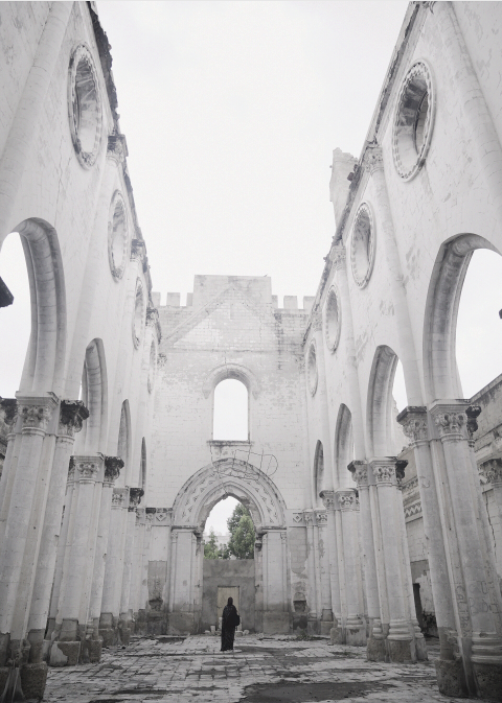
“At SAF we are re-imagining Somalia with a mission of inspiring people to interact creatively, with art and expand the ways we see ourselves, the world and its possibilities,” says Ali.
I ask her how she feels that art and art-making can help Somalis today, both in Somalia and outside the country: “Art in its purest form, gives breath to life in a non- judgmental manner, while lending legitimacy to diversity. I believe that access to art is a universal human right and we see our platforms as sites of creative learning. I want to champion the importance of making art and encourage people to explore the many ways in which art is created and to develop their own creative potential.”
Ali’s team is relatively small and, being self-funded, she relies on independent consultants and technicians, with a view to creating a larger team in a permanent art center in the future. “Our mission is to create inspiring encounters with art that expand the ways we see ourselves, the world and its possibilities, and our vision is to function as the intersection where great art and courageous conversations are catalysts for a more connected, civic, and empathetic Somalia.” She smiles, “I would like to create a sanctuary that accelerates the process of finding healing through self-expression for young Somali artists and people. These are all vital for building a brighter, shared future in Somalia.”
“Inside Mogadishu Cathedral,” by Hana Mire shows the beauty of the city’s ruined past and an element of its Christian heritage, which is juxtaposed by “The wind” a powerful image of a woman’s mustard-colored burqa fanning out in the street. Photographer Firdawsa Hussein’s “Through My Sister’s Eyes” is a portrait of a young Somali girl’s own creative mind. The artist recalls, “I asked a girl to express her emotions to me by doing whatever she wanted…That is why it is my favorite photograph.” Similarly, her powerful photograph “Nomad,” offers a glimpse into the traditional nomadic lifestyles of the past and seems to question how the young nomad’s life will be shaped in the future.
In the relatively short time that SAF has existed and through the Covid pandemic, Ali has been a great inspiration and has shown tremendous drive to young artists, particularly female artists in Somalia. Through online videos, content creation and media, she has single-handedly offered a glimpse as to how the arts and culture in Somalia could evolve and grow. I ask Ali if she sees herself as an art activist or an art instigator. She replies simply, “Art is how I relate to the world. It is the lens through which I see things.”



